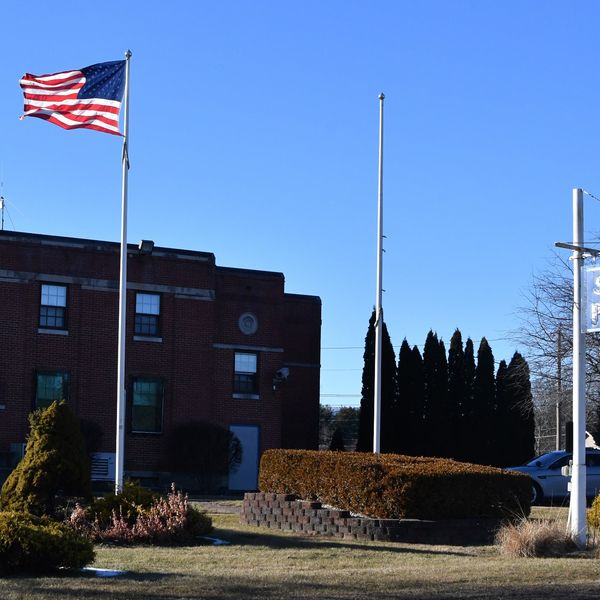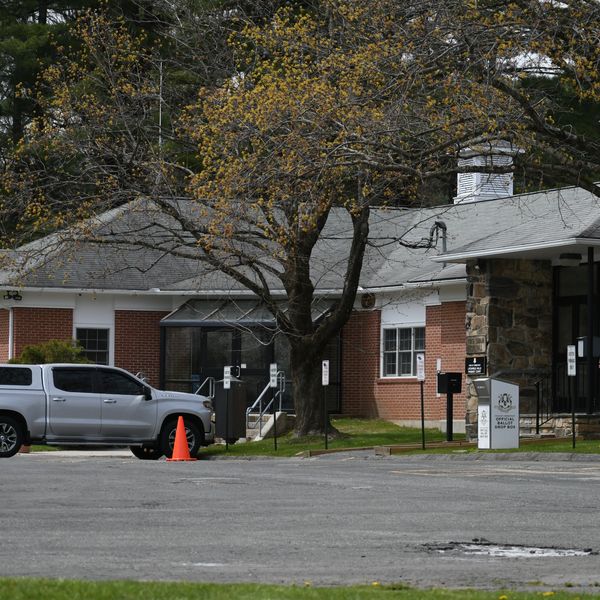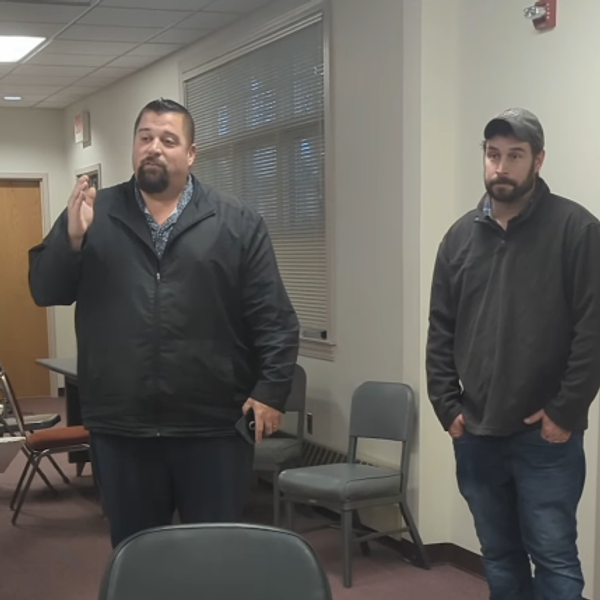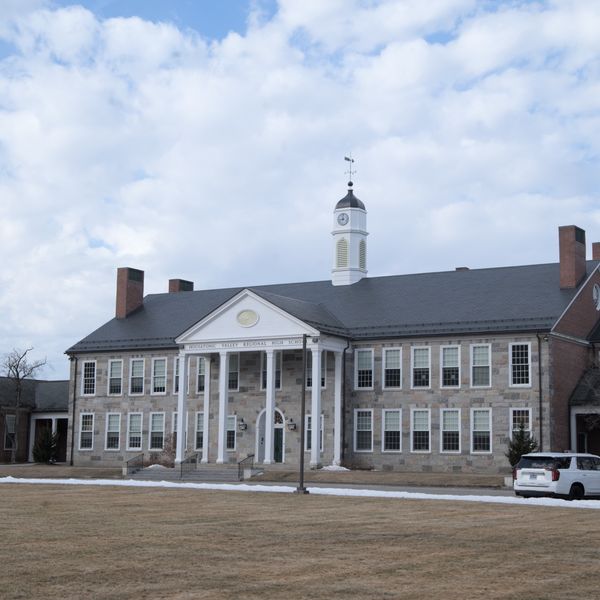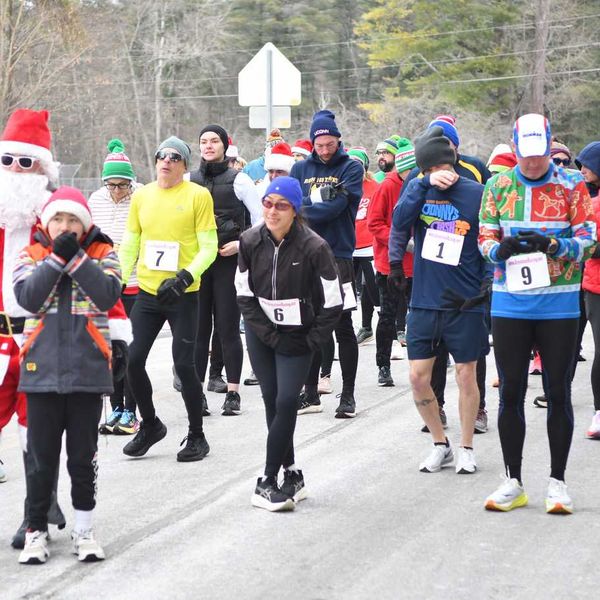Rooted in community: The Local cultivates connection by supporting growers and makers
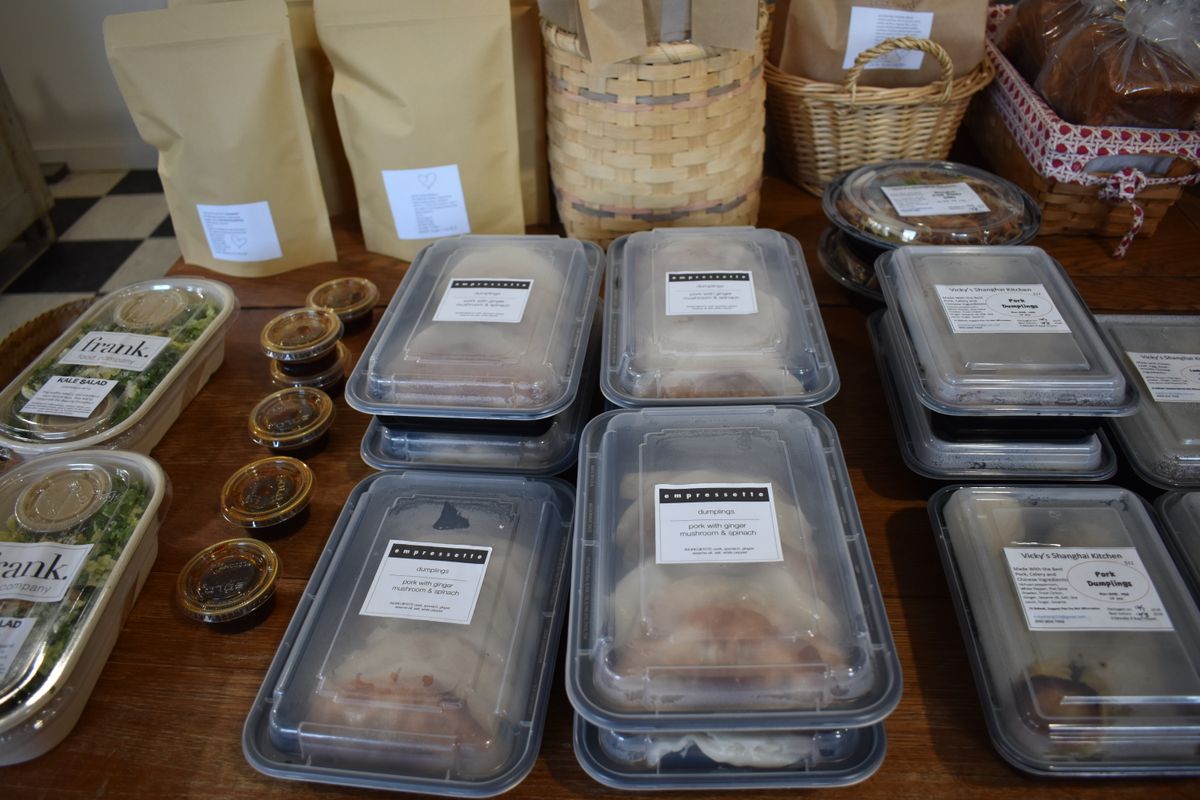
A selection of food from The Local, all made by local bakers from throughout the northwest corner. The Local sells the wares of more than 124 local artists, bakers, farmers, potters and craftspeople throughout the Northwest Corner.
Robin Roraback
 A selection of work from local potters at The Local in West Cornwall.Robin Roraback
A selection of work from local potters at The Local in West Cornwall.Robin Roraback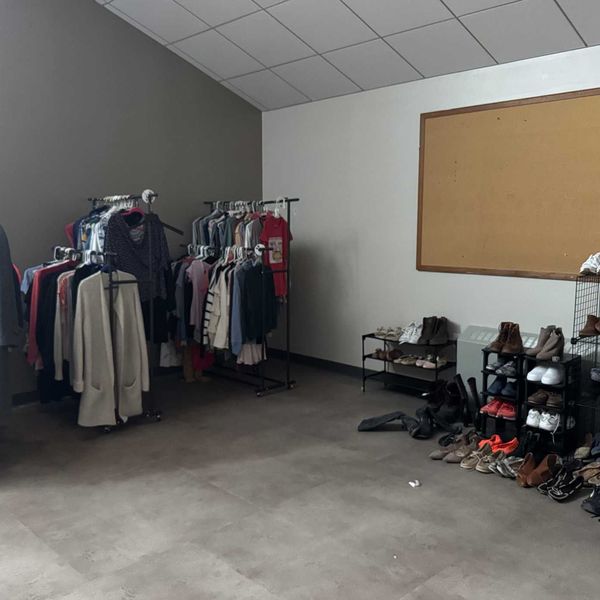
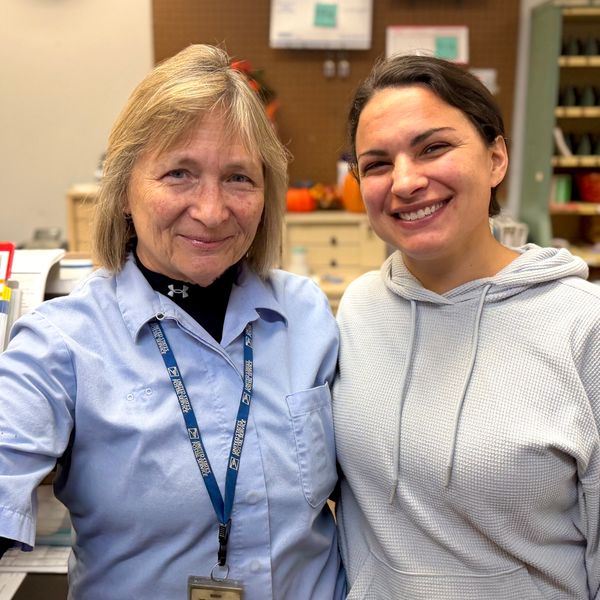
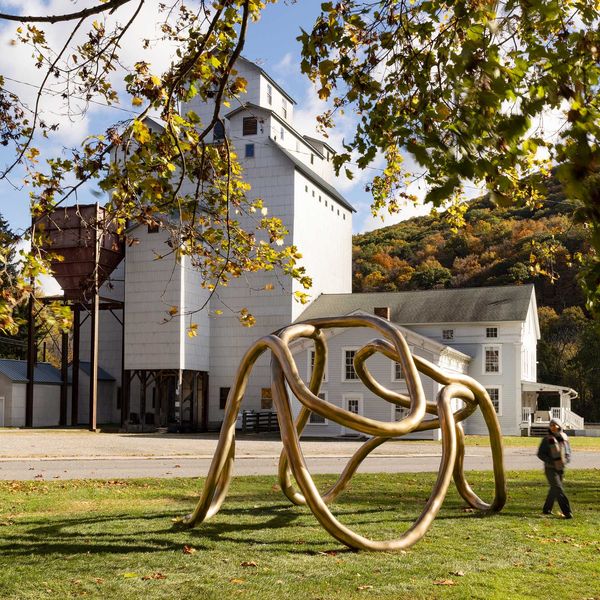
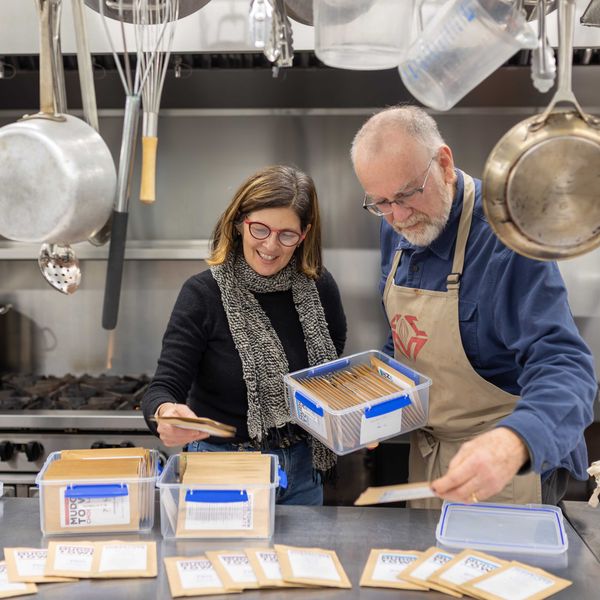
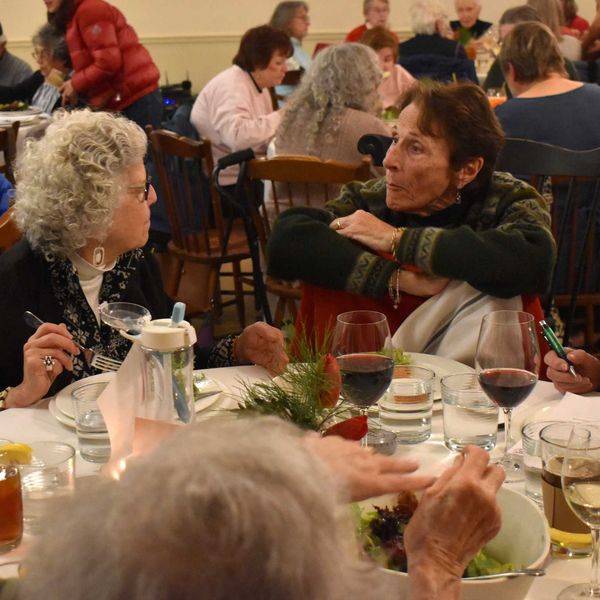
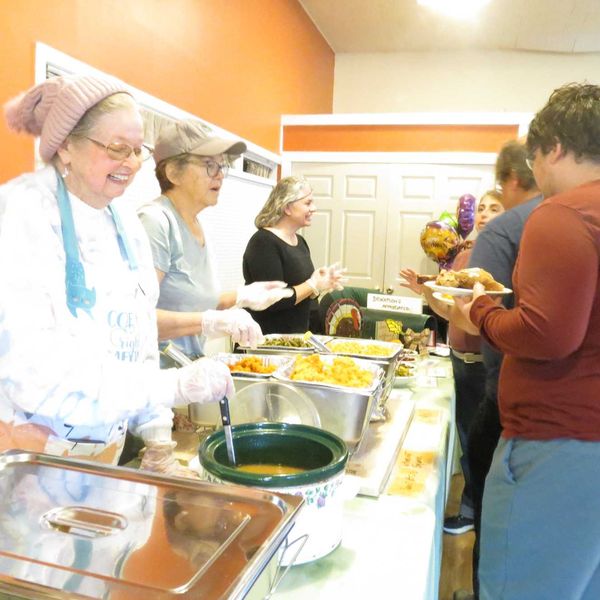

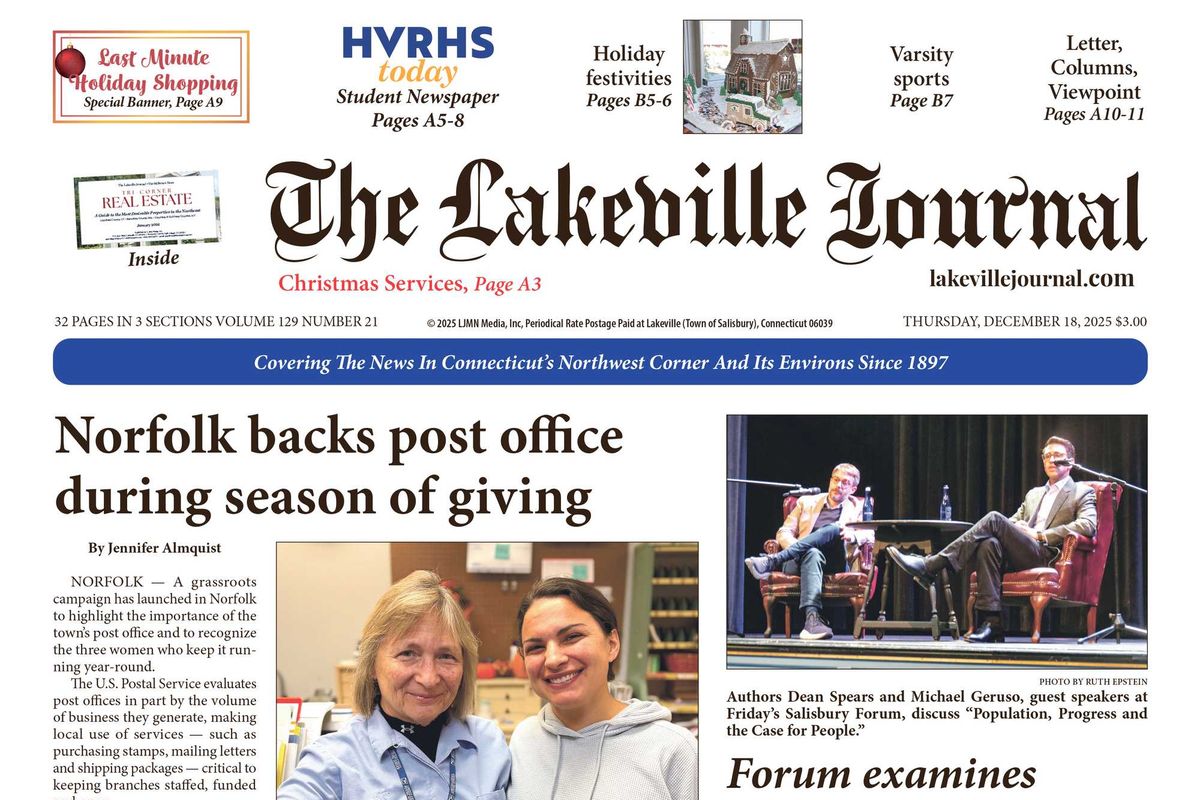
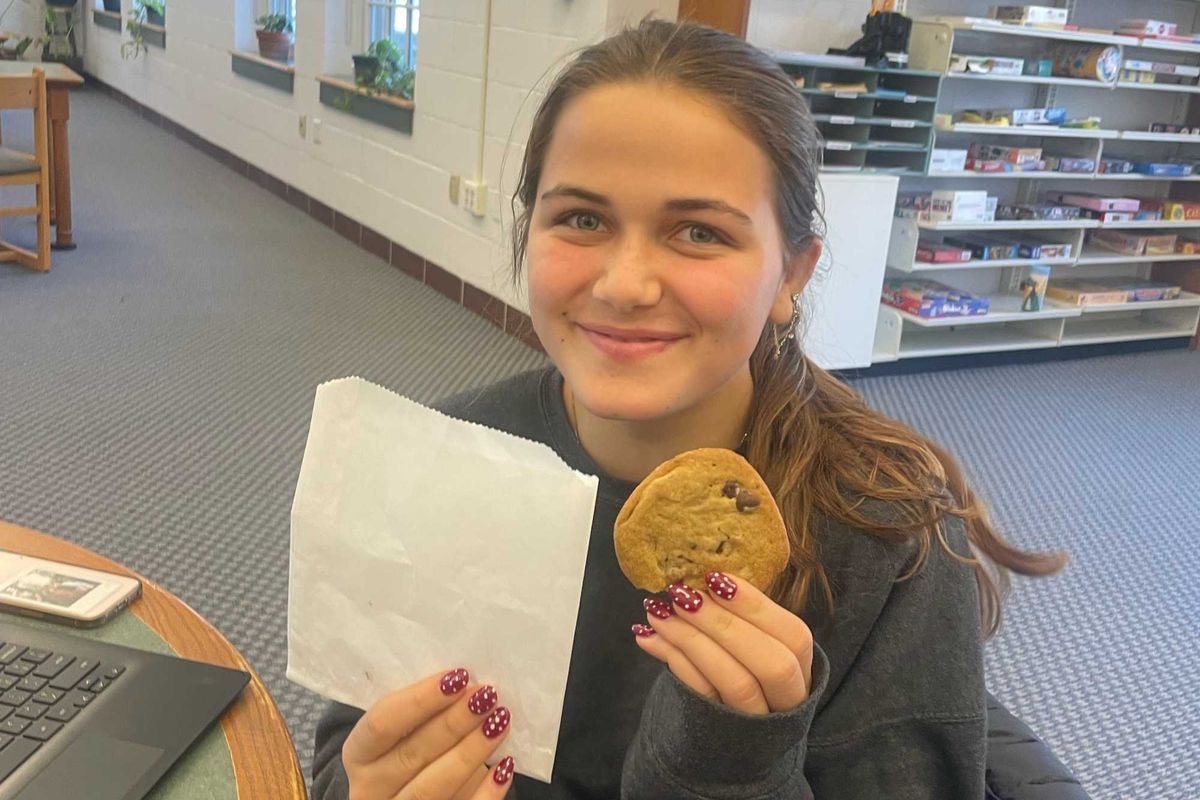
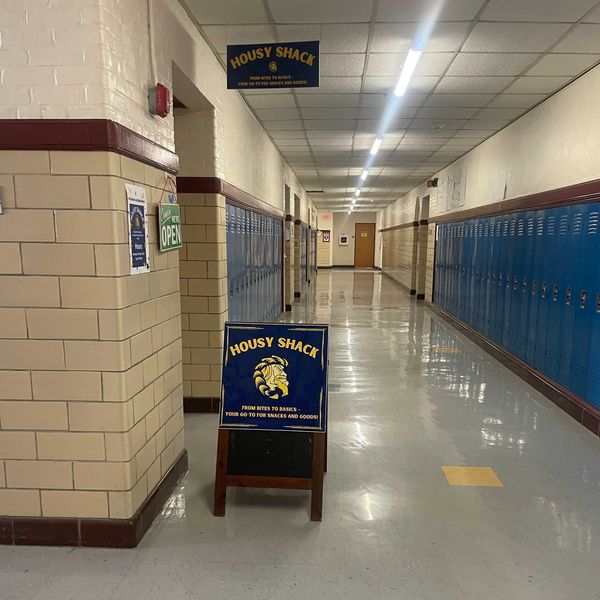 The Housy Shack open sign, welcoming customers in for cookies.Anna Gillette
The Housy Shack open sign, welcoming customers in for cookies.Anna Gillette 
